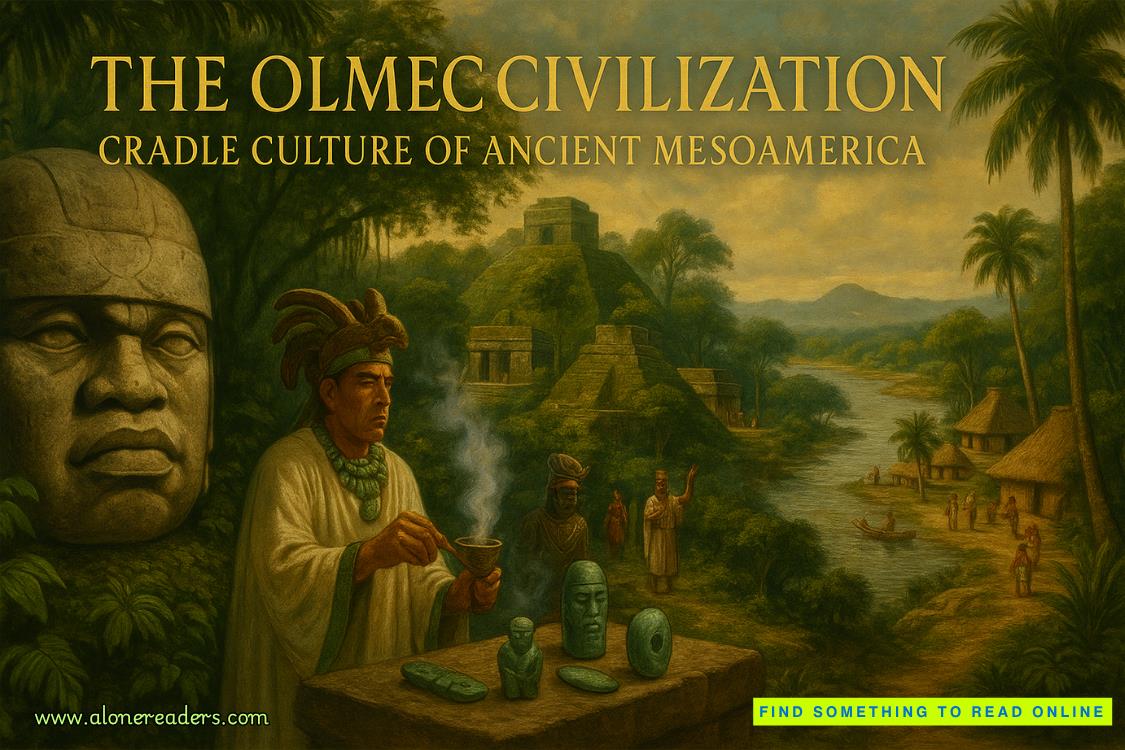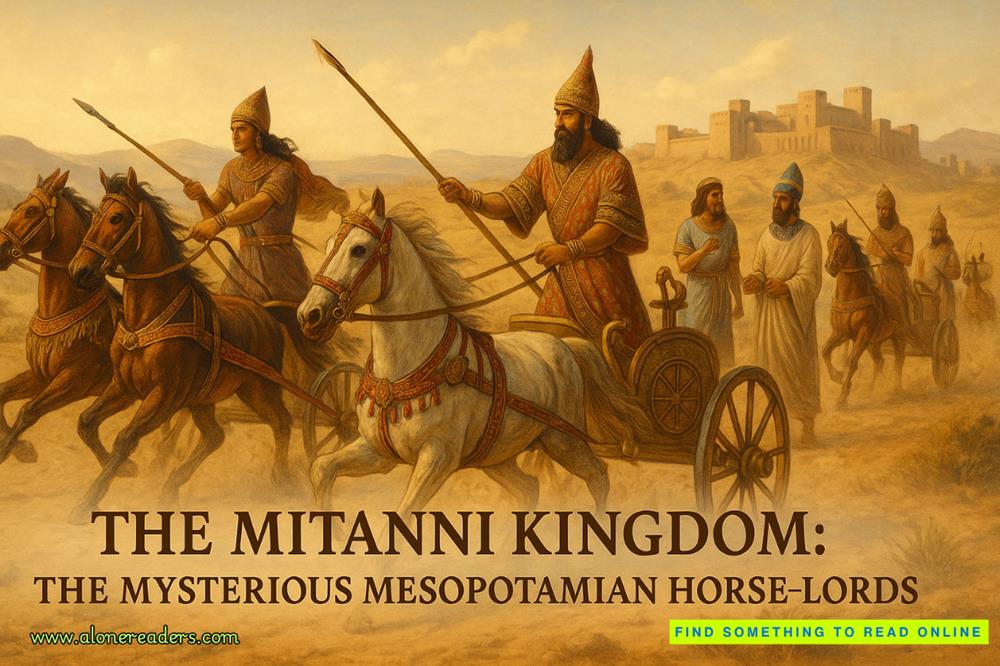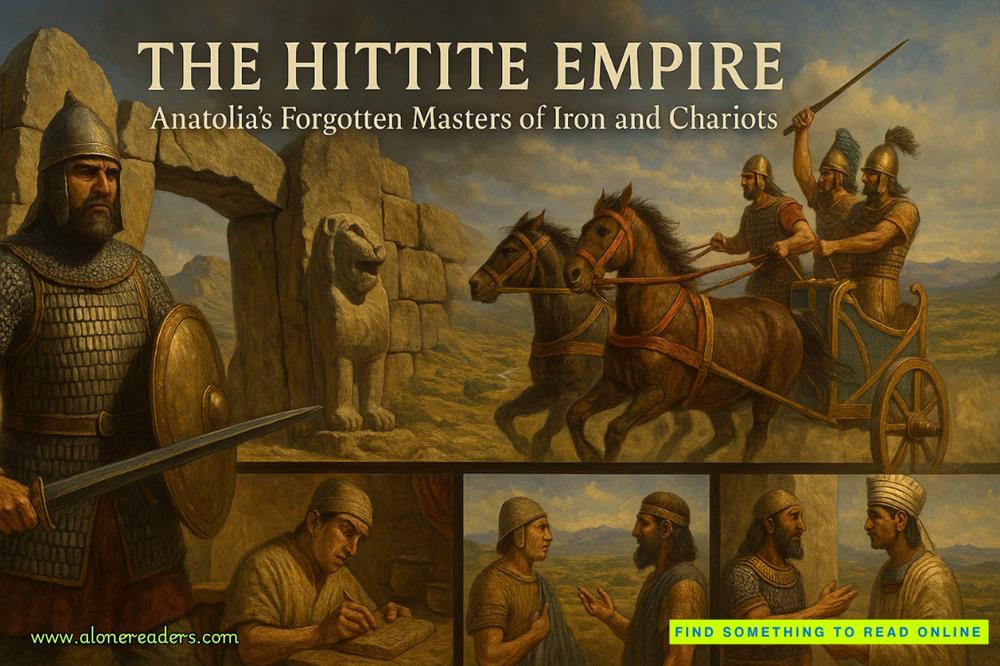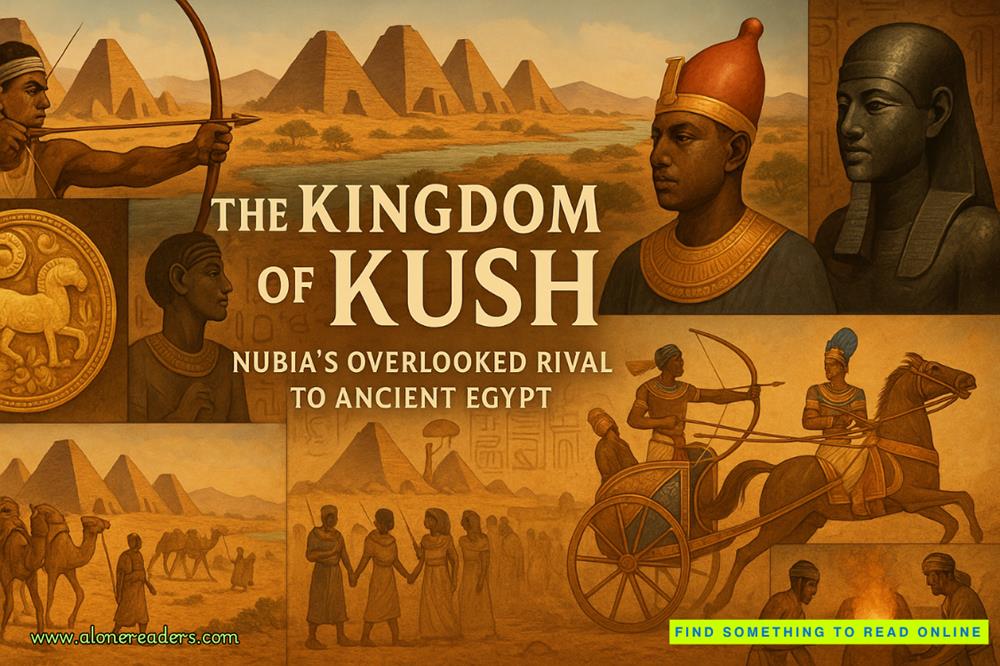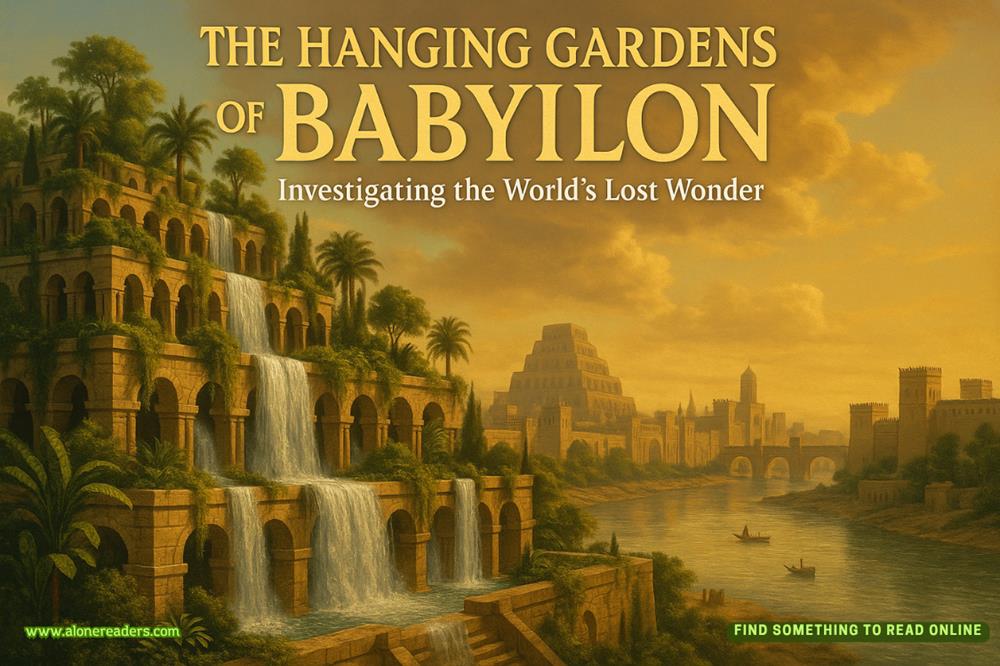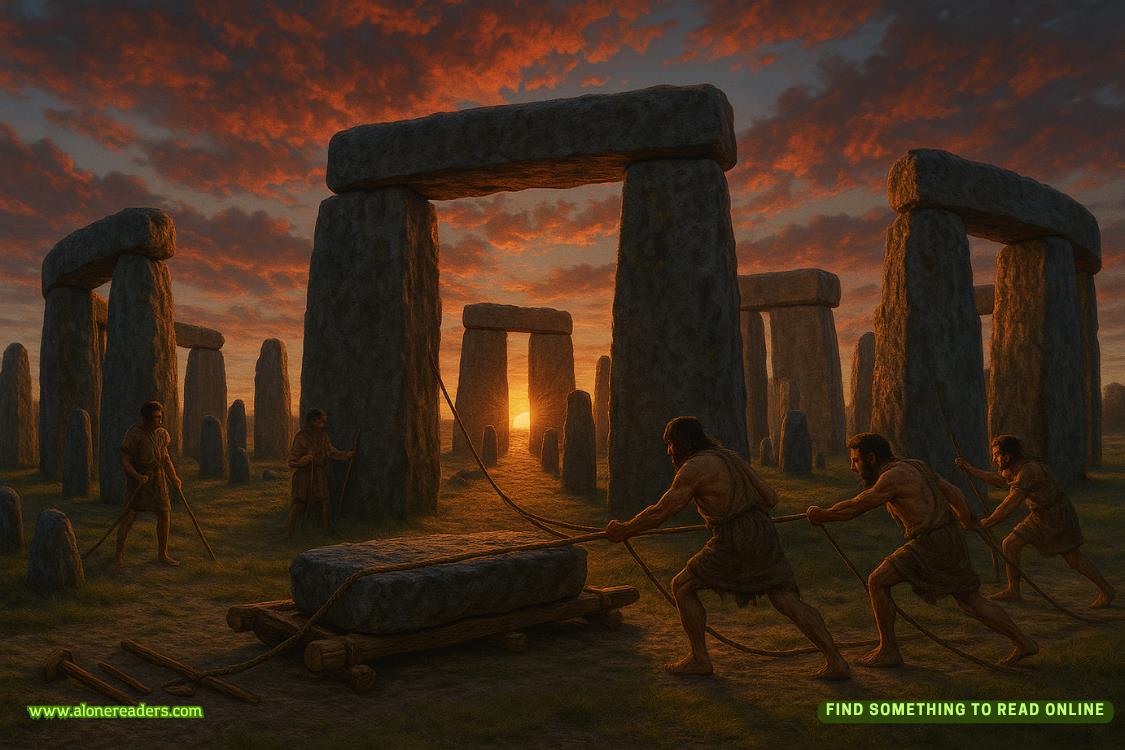Page 164 of Tomb of the Sun King
She had absolutely no idea how they were going to locate a single was-scepter in the midst of it.
Her gaze rose from the grave goods to the walls. Like the hallway above, these were decorated with beautiful artwork. The paintings ran only three-quarters of the way around the room. They stopped at a bas relief that was only partially painted.
The murals had obviously been meant to continue. The pharaoh must have died too soon, forcing the royal artists to abandon the work while only partway complete.
Ellie stepped closer to the first panel, which sat nearest to the entrance. It depicted a group of captives kneeling before the looming figure of a conquering king.
“Amenhotep the Third.” Neil nodded to the cartouche by the pharaoh’s knee as he joined her. “Akhenaten’s father.”
“These look like members of a Semitic group,” Ellie said, noting the curled hair, bearded faces, and paler skin of the kneeling prisoners. “But they’re not all warriors. There are women and children here.”
“They still might have been war captives. Prizes taken after battle,” Neil pointed out.
“Slaves,” Sayyid clarified bluntly, stepping to Ellie’s other side.
Neil went still. “There’s a name here.” He lifted a hand, pointing to a cluster of hieroglyphs below the prisoners.
Ellie carefully leaned forward over the jumble of furniture that sat between her and the wall, squinting to read the phonetic symbols. “Ha… pi… ru.” She straightened, frowning. “Hapiru?”
Sayyid looked over at her sharply, his eyebrows rising. “The Hapiru was the name given by the Egyptians and the Akkadians to the nomadic people who roamed the deserts of the Sinai and the Red Sea.”
“Like the Bedouin,” Ellie filled in.
“Like theHebrews,” Neil corrected her, his voice a little strangled. He was still staring at the image. “The Hapiru are considered a plausible candidate for the people who would evolve into the tribes of the Hebrews.”
Sayyid and Neil locked eyes.
“You realize what this means,” Neil began urgently. “An Egyptian depiction of a group of people who might well have been early Hebrews captured and enslaved by a New Kingdom pharaoh…”
Sayyid clearly did realize what it meant. His eyes were wide with a shock and wonder that mirrored the expression on Neil’s face.
Academics and archaeologists had been searching for years for evidence that the Hebrews might actually have once been enslaved in Egypt, as the Bible claimed.
Now they were looking at exactly that.
The shared awe between Sayyid and Ellie’s brother lasted only for a moment. Then Sayyid’s expression closed, and he looked away.
In the painting, the Aten shone down from the sky above the captives… but oddly, its rays didn’t center on the noble figure of the pharaoh, as they usually did in Amarna-period portraits featuring royalty. Instead, the long beams with their delicate hands brushed against the slight form of a child who knelt among the mix of captive warriors and their families. The little girl had high cheekbones, straight brows, and a generous mouth—features that Ellie recognized, because she had seen them over and over again in the hallway above.
“That’s Nefertiti!” she blurted out, pointing to the girl. “That’s her among the prisoners! But why would she be there? Unless…” The epiphany swept over Ellie, making her feel dizzy. “Could she possibly have been a slave herself?”
“Of course!” Neil burst out. “Why hadn’t I considered that before? It’s right there—it’s right in her name!”
“What are you talking about?” Ellie pushed back.
“Nefertiti,” Sayyid cut in solemnly, his eyes locked on the girl in the mural. “That is what it means. ‘The Beautiful One From Afar.’”
The beautiful one from afar…The significance shocked Ellie to silence as she gazed at the slender child who sat straight-backed under the benevolent rays of her god.
Constance pressed in, drawn by their outbursts. “But who’s that fellow beside her with the rest of the little hands on him?”
Ellie was startled to realize that Constance was right. Another figure sat beside the future queen, a boy whose body was half-obscured by her own. His shoulders were also graced by the soft, brushing touch of the rays of the Aten.
The features of the two children looked remarkably similar. Ellie wondered if perhaps that was just a shortcut taken by the ancient artist who had carefully chiseled their forms out of the plaster covering the walls… but none of the rest of the assembled captives had those same high cheekbones and full lips.
Sensing a deeper story, Ellie looked at the next image.
The child Nefertiti sat on the ground between two noble figures who loomed in throne-like chairs to either side of her. A cat rolled lazily at her feet, sleekly gray and dotted with black spots.
